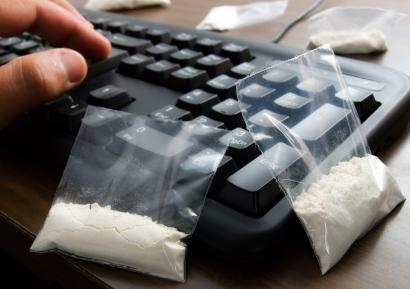Spike in use of underground illicit drug websites
The number of illicit drug retailers selling to Australia on underground websites increased significantly in 2013, according to the National Drug and Alcohol Research Centre at UNSW.
The number of illicit drug retailers selling to Australia on underground websites increased significantly in 2013, according to the National Drug and Alcohol Research Centre at UNSW.

The number of illicit drug retailers selling to Australia on underground websites, such as the now defunct Silk Road, increased significantly in 2013, according to monitoring by the National Drug and Alcohol Research Centre (NDARC) at UNSW. The number of Australian retailers selling online also increased during the period.
The total numbers of retailers on the Silk Road increased by 42 per cent in the six months to the site’s closure in October 2013.
NDARC researchers found the Silk Road was quickly replaced by alternate sites in the wake of its forced shutdown.
The number of Australian retailers operating on the Silk Road more than doubled from 53 to 129 over the six months from February 2013. International retailers selling to Australia on the Silk Road increased by 27 per cent over the same period from 353 in February 2013 to 450 in September 2013.
The research also found that demand for new psychoactive substances - so-called “designer” synthetic drugs - had actually dropped compared with demand for traditional illicit substances.
Lead author of the report, NDARC Senior Research Officer Mr Joe Van Buskirk, said the increase in the number of Australian retailers on the underground or “dark web” sites, which continued even after the closure of the Silk Road, indicated a rapidly changing and responsive market.
For the full story go to the NDARC website.